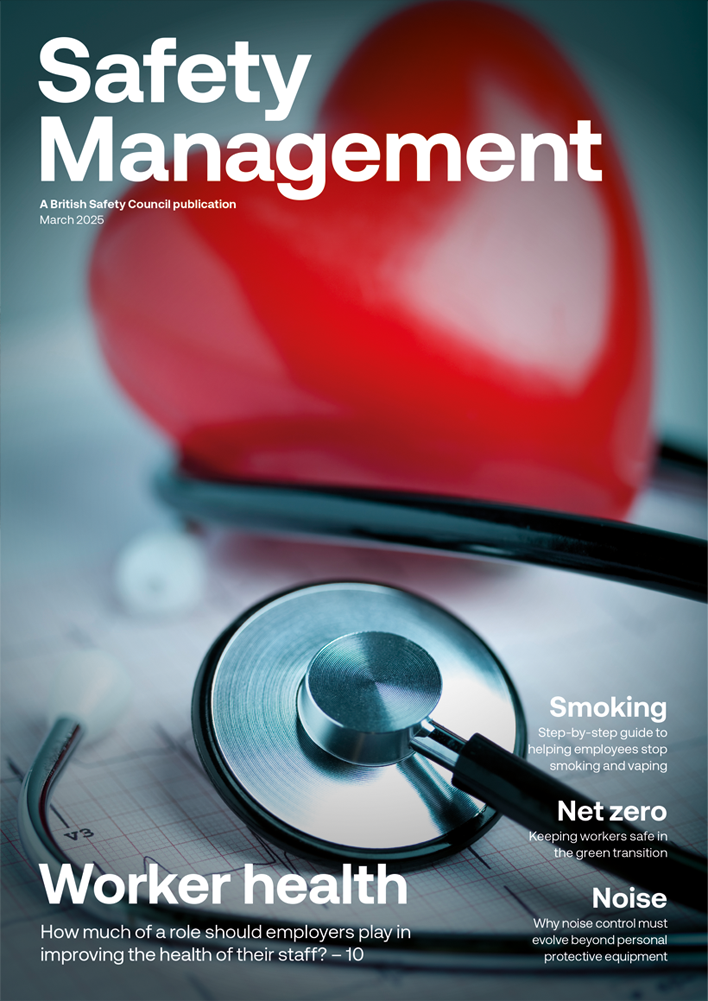More women are joining the health and safety industry. But is change happening fast enough?
Features
Health and safety: still a man’s world?
Five years ago, Safety Management asked the question, where is SHE? For all the diversity of sectors that safety, health and the environment operates across, we asked at that time why the industry as a whole was largely male.
Fast forward to today, and the landscape is changing. With more women joining and succeeding in our industry, health and safety is starting to look more progressive. The question now is: are we making enough progress?
Young women seeing health and safety as career choice
Compared with five years ago there has already been massive change, with health and safety seen as an attractive career for young women as much as for young men. At Leeds Beckett University, which offers degrees in health and safety, women outnumber men at postgraduate level by 60/40 and an even split at undergraduate.
Ikpe Ibanga, who is Course Director says: “It is interesting to see the huge proportion of young women coming onto our courses both at UG and PG levels. The numbers are evening out in terms of ratio; much better than [that] for safety practitioners in the industry.”
Julie Riggs, senior head of education at the British Safety Council, who has worked for 30 years in the industry, agrees things are finally changing: “We are seeing many more younger women coming into the industry, which is really good. I think having a younger generation coming into the industry will help to shape it and make it much more dynamic.”
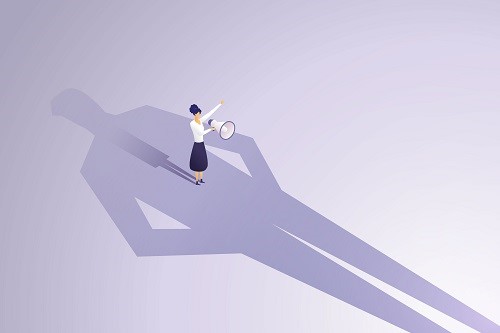 Women often have to work extra hard to get their voice heard, particularly in male dominated sectors like health and safety. Photograph: iStock
Women often have to work extra hard to get their voice heard, particularly in male dominated sectors like health and safety. Photograph: iStock
Still just 25 per cent female
Still, women in health and safety today are working in a mostly male environment and that’s not changing fast. Only 21.7 per cent of IOSH members are female in 2023, just a two per cent increase on 2018 (19.7 per cent). According to Shirley Parsons’ 2022 HSEQ Salary and Workforce Insights report based on 1,250 survey respondents, 74 per cent of respondents were men and 25 per cent women, similar to previous years.
There are challenges that come with being in a minority. Speaking to the founder of the Women in Health and Safety network, Heather Beach, I say that eight years ago joining the sector, I felt awkward to approach people at networking events because it felt my ‘face didn’t fit.’
“That’s a great point,” she says. “I didn’t feel like I was part of [the industry] either at first. And I think that’s what the issue was for [many] women; they didn’t feel like it was their type of event.”
The grassroots movement has been empowering for women with its events as well as mentoring programmes, says Heather: “It’s feeling like there are other people in your position and what you tend to find is that people are really honest when they get together. They might talk about their struggles with their children or balancing home and work or imposter syndrome. People are really open. That’s the sense of solidarity and that’s come from the network.”
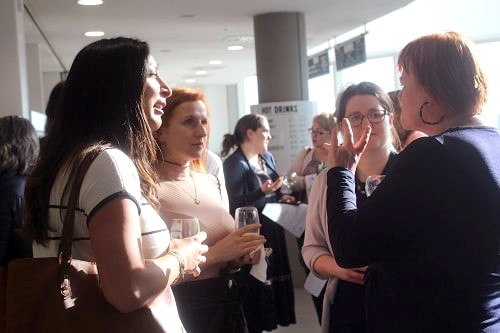 At Breaking down Barriers, an event hosted by Women in Health and Safety. Photograph: Neil Pepper
At Breaking down Barriers, an event hosted by Women in Health and Safety. Photograph: Neil Pepper
External influences
Change is also coming from broader movements impacting the workplace. Safety was always a Heavy Industries concern, explains Julie Riggs. But now women have more choice: “Women can now work as a safety practitioner for corporate finance. Or work in the education sector or retail or leisure. I think it makes it probably more attractive and appealing with regards to what you’re doing. You’re not necessarily having to put a hard hat on and stand on an edge of a highway and do auditing, but actually you can work on the people agenda.”
The growth of wellbeing into that mix of responsibilities is also attracting more women. At Irwin and Colton, they are recruiting into wellbeing, either as a standalone role or as part of a wider health and safety position. Director, James Irwin says: “We are seeing a high percentage of female candidates in these roles and as wellbeing positions continue to increase, we will likely see an increase in women across the wider health and safety space.”
But, are we making enough progress? Things are slowly changing with more gender parity at degree level and some small increase in the gender split among practitioners. But in other pockets there is much faster change.
ESG’s impact on diversity
Since the ESG (Environmental, Social, and Governance) agenda has taken off, big investment houses are increasingly using gender as a measure of sustainability. Gender diversity is one indicator that investors use to see how far they trust that companies will succeed into the future. Of course, this is not surprising. There is growing evidence that diverse boards – not just in terms of gender – make firms more profitable.
Acre’s recruitment portfolio spans sustainability as well as safety and they have recently sharpened their focus to working with companies who are keyed into this new agenda. Johnny Goldsmith leads Acre’s work in the built environment, specialising in placing senior-level HSE and Sustainability professionals. He tells us: “We’ve done a lot of work focusing on our brand and our impact and decided to step away from a few clients who just didn’t show the commitment that matched our own [in terms of ESG].”
By use of language positioning and core skills in job specs they can reach individuals who might not previously have applied: “And what goes hand in hand with that, is our assessment of how employers can demonstrate that they are an inclusive employer,” says Johnny. One client, for example, runs a campaign to close gender pay gaps within its company.
“There’s a whole wealth of information to back up and demonstrate how inclusive they are. And so when you can marry those two together that’s a really impactful message to the market.”
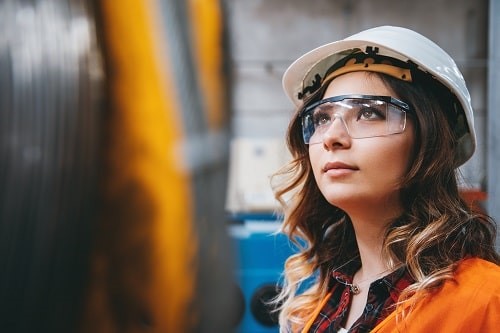 "Where you have clients that have better measures of those two components in ESG, E(nvironment) and the S(ocial), you then see that represented in terms of who they’re appointing.” Photograph: iStock
"Where you have clients that have better measures of those two components in ESG, E(nvironment) and the S(ocial), you then see that represented in terms of who they’re appointing.” Photograph: iStock
Shift towards female leadership
The results are striking. In 2017, Johnny says they saw an 85/15 split of males to females placed into health and safety roles. In the past 14 months, that trend has reversed at 60/40 female to male: “We’re delivering fewer operational HSE roles and much more of the strategic heads or director level HSE role and that’s where we’ve seen this sort of shift towards female leadership.”
These companies are also measuring their gender parity. It’s part of the same circle, says Chloë Hunt, global director of research & equity, diversity and inclusion at Acre: “Where you have clients that have better measures of those two components in ESG, E(nvironment) and the S(ocial), you then see that represented in terms of who they’re appointing.”
Mind the pay gap
So, women are increasingly succeeding in senior roles in health and safety, though change is not widespread. But is this the whole story? The pay gap in health and safety is still staggeringly high in places. At HSE, looking at the median pay gap, i.e. the difference between the average hourly rate of pay for women and men, the pay gap is 16.8 per cent (in 2018 it was 23 per cent). The national overall mean gender pay gap, by comparison, is 6.6 per cent according to HMRC’s gender pay gap report 2022.
You could argue that this just reflects how high-risk sectors which employ more men in top tier roles in safety are better paid. Also, there are more women than men in entry or mid-tier roles in health and safety – so when you look at the median, women come out as earning much less. For example, at HSE, nearly 70 per cent of roles in the lowest Band 6 are women. It will take time for women to move up the ladder and data shows this is happening.
But, still, it’s concerning that women and men are not getting paid the same for director-level roles. “There is still a gap between male and female pay. It’s mostly significant at director level than it is at manager level,” says Chloë who looked at a sample of 50 recent placements and data points from Acre’s network. According to the ONS, this is a problem everywhere: “Compared to lower-paid employees, higher earners experience a much larger difference in hourly pay between the sexes.
Profile and power
So, what’s causing this pay gap and how can we redress the balance? Thought leaders and big-name speakers in health and safety and mental health tend to be men. Is profile behind bigger pay? Heather Beach says she believes it could be significant: “There are a group of people that we know are really highly paid in the profession and they’re mostly men that have profile.”
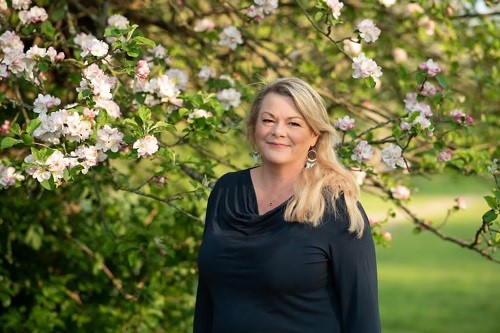 Heather Beach: "[When all the big-name speakers are men], then we continue to see health and safety through a male lens."
Heather Beach: "[When all the big-name speakers are men], then we continue to see health and safety through a male lens."
Inviting more women to speak at events is a solution but not happening enough. Julie Riggs says she was the only female speaker at two events recently on air quality: “And I just thought that was a real shame that organisers need to think about – let’s have diversity of people standing on the stage and encouraging people to talk.”
At a conference Heather recently attended, all the keynote speakers were male including one of the big-draw panel events. She says this is increasingly looking out of date: “When the panel walked on, people actually shouted ‘where are the women?’”
It’s a problem that maybe creates itself – we end up with a revolving carousel of the same people speaking and assume they are the only ones who can do it. “I had discussions with people who said, ‘but supposing the best people are the men at the moment?’ Maybe that’s the case but that means we continue to see health and safety through a male lens. Research shows that females are often stronger in the collaborative softer skills – which is the way the profession is moving.”
‘You can’t be what you can’t see’
Ruth Denyer is director of production safety at Netflix and president of IIRSM. Vibrant and down to earth, she says we need female leaders for all sorts of reasons. “You can’t be what you can’t see. When I first heard that [saying] I was like ‘really?’ But I thought about it more and yes, if you don’t see anyone who’s [like you] who’s senior, it’s not something you think to aspire to.
“It’s about representing the population as a whole as much as it is women. But as women we are underrepresented at that senior level, or we don’t shout about it a lot.”
‘It has to start from the top’
Confidence is an important part of promotion and visibility at work. But as women, we can be disadvantaged in the confidence arena. In an article by Forbes, titled ‘the Confidence gap’ it cited a study by Cornell University which found that men overestimate their abilities and performance, while women underestimate both. In fact, their actual performance does not differ in quality or quantity.
This is tricky – we mustn’t put the burden on women to change I say, and Julie agrees: “It’s not just a women’s conversation, it’s all of our conversations to stand up and say something and to encourage and to promote and to mentor.”
She adds: “There’s a whole conversation around women’s leadership and do women adopt certain traits and feminine traits? And I think it’s important for women just to be who they are and it’s OK, you don’t have to adopt any particular traits, you don’t have to dress in a certain way. It’s OK to speak up [with] your voice and just be confident with that, but that does take a lot of encouragement. And you’re right, it’s everyone involved in this conversation. It has to start from the top. There have to be opportunities. Women need to feel heard.”
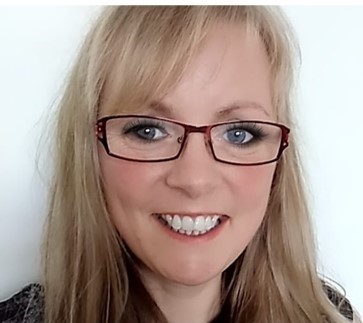 Julie Riggs: "I think it’s important for women just to be who they are."
Julie Riggs: "I think it’s important for women just to be who they are."
She says that things are improving with “a lot of different communities out there for women who can reach out and get mentored by males and females”: “So I think it is changing, but I think probably the hardest critics sometimes is ourselves and where we sit [in the power structure], are we giving [ourselves] that value, do we feel that imposter syndrome? Do we have that crisis in confidence? I think that’s probably our biggest challenge.”
It’s not exclusively a female experience and men can have female traits of collaboration and persuasion, for example, and vice versa. It’s about not silencing different approaches and ensuring we have a diverse industry, says Ruth Denyer: “It’s important we’re talking across diversity, so not just women. We need to be a diverse profession at all levels because otherwise you lose a voice, an opportunity, all those things.”
So, while the ratio is still unequal for gender, we must also ask what does that say about our industry in terms of diversity too. It’s about creating an industry which reflects society so we can properly manage the risks that may be different if you are a woman, a man, Black, or Asian, says Ikpe Ibanga.
“Diversity in health and safety matters because it leads to a more inclusive and equitable workplace, improved decision-making and problem-solving, and better understanding and identification of potential health and safety hazards. It is a vital theme in today’s workplace because it allows for the consideration of a wide range of perspectives and experiences when addressing health and safety issues.”
To find out more about the Women in Health and Safety network and to join, visit: healthyworkcompany.com/women-in-health-safety
FEATURES

Why quality data is essential when using AI for occupational safety and health management
By Dr Bob Rajan-Sithamparanadarajah. Safety Groups UK (SGUK) on 01 April 2025
Artificial intelligence-powered models, systems and technology have the potential to significantly improve the management of occupational safety and health (OSH) risks, but it is vital that OSH practitioners understand the limitations and dangers of using AI to protect people at work.

Sustainable aviation fuels: how do we put the SAFety in SAF?
By Megan Hine, Draeger Safety UK on 01 April 2025
Sustainable aviation fuel is seen as having great potential to reduce the greenhouse gas emissions from air transportation. However, as with other emerging renewable energy sources, the safety risks arising from the production, processing and storage of these biofuels can be accompanied by new risks and will require careful management from the safety industry as utilisation increases to meet the Government’s mandatory targets.
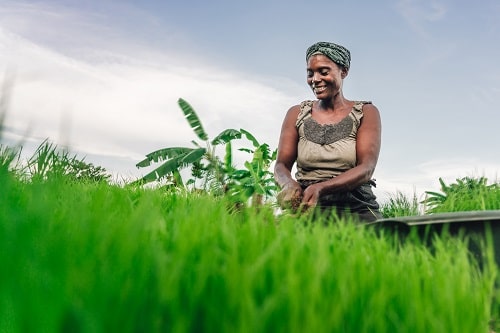
Why social sustainability should be a priority for health, safety, environmental and compliance professionals
By Agnes Chruszcz, IEMA (Institute of Environmental Management and Assessment) on 01 April 2025
By embedding social sustainability principles into their policies and operations, organisations can not only improve quality of life for their employees, workers in their supply chains and the communities they interact with, but boost their business resilience, productivity and reputation.


